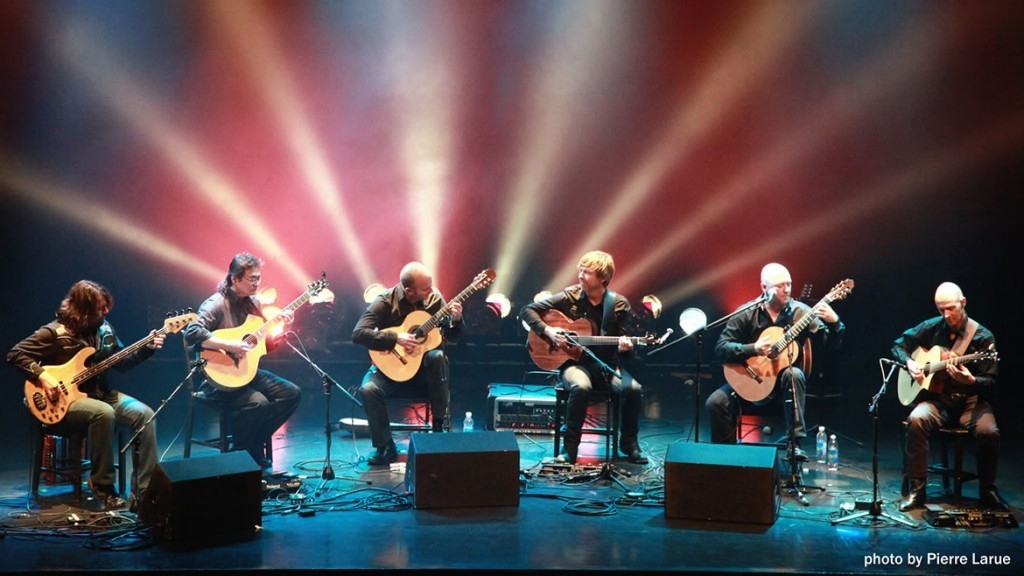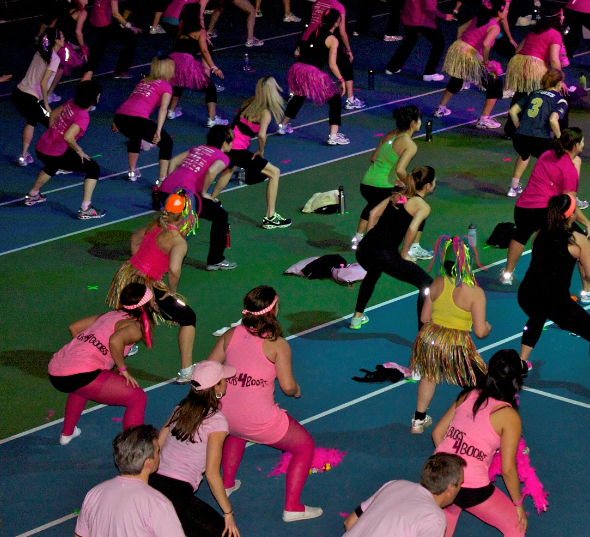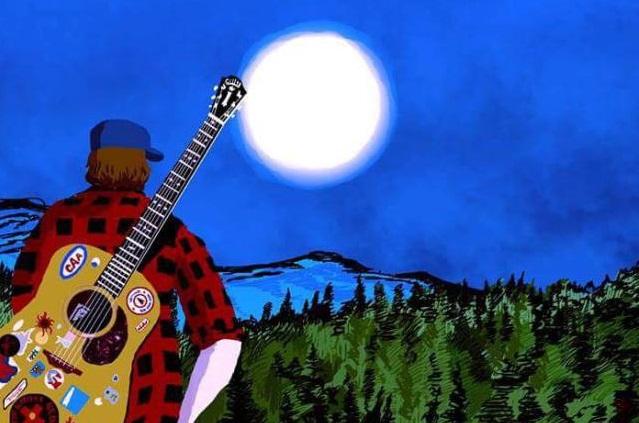
Exploring a New Musical Genre of Guitar Sexet at Chamberfest
 Ottawa Life’s Festival City Series is back! We'll provide a unique look at some of your favourite events.
Ottawa Life’s Festival City Series is back! We'll provide a unique look at some of your favourite events.
We’ll go beyond the music with artist interviews, volunteer profiles, concert reviews and spotlights on
the tastes, sights and sounds of the festival season.
Your city! Your festivals and events!
Like a good sunscreen, Ottawa Life has you covered.
Photos by Pierre Larue
Six guitars on stage – 3 nylon stringed, 3 steel stringed – that delivered a mystical exploration of original music. The performance by the California Guitar Trio teamed up with the Montreal Guitar Trio at Chamberfest was captivating. Their virtuosity, creativity, and passion made their musical concert transcendent.
A cornucopia of guitar music selections from the California Guitar Trio and the Montreal Guitar Trio was featured at Chamberfest’s July 27, 2017, evening concert. I love listening to guitar because I feel it is one of the most expressive and versatile instruments. Hearing this group of six musicians brought my appreciation to new heights.
The evening’s program had each trio play a selection of music in the first half. The California Guitar Trio is comprised of Bert Lams, Hideyo Moriya and Paul Richards. The group has been touring and recording for 25 years; that’s 1,800+ concerts and 15 albums. Their works explore the intersections between rock, jazz, classical, and world music. They have been using the New Standard Tuning developed by Robert Fripp in 1984.
Their first piece was Melrose Avenue, written and recorded by them, it has a middle-eastern flair with a driving and infectious rhythms. It was an exciting tune that promised a great evening of entertainment. It was followed by Good Vibrations, the popular Brian Wilson tune that had the audience swaying.
The next two pieces showed their musical versatility. Claymont Waltz, composed in 2016, had a hypnotic new age feel with repeating notes, flowing waves of sound, various intensities. Yatsuhashi Kengyou who died the same year Johan Sebastian Bach was born wrote the next piece, Rokudan, which was originally for Japanese harp. Hideyo Moriya arranged it for the trio using circulate playing. Each member plucked strings one after the other as if it was one instrument being played – beautiful timing.
Another well-known surf rock tune, Pipeline, released in 1962 by Carman and Spickard, followed that had the audience bouncing to the familiar riffs. The last set piece was the jazz standard Blue Rondo a la Turk, written in 1959 by Dave Brubeck. It is a difficult piece because of its Turkish influenced 9/8 time signature. However, the trio performed it with exquisite perfection.
It was the Montreal Guitar Trio’s turn to strut their stuff. Marc Morin, Glenn Levesque, and Sebastien Dufour have been playing together for 18 years and released 7 albums. They got right down to it by playing Rush’s Tom Sawyer. I immediately noticed their intensity and sense of fun on stage. These guys love what they do. Whereas the California Guitar Trio played steel string guitars, the Montreal Guitar Trio use nylon strings are also throw in mandolin, electric bass, and accordion in their mix.
The trio’s virtuosity was displayed in their performance in three of Manuel de Falla’s Siete Canciones Populares Espanolas. These are Spanish folk songs that de Falla modified the harmonies to his liking. The trio presented a passionate flamenco style piece where I was absorbed by their fingers dancing across the guitar neck, a lullaby whose last note floated away in the church, and a dance where I liked the electric bass adding a subtle beat support to the music.
One of my favorite all time guitarist is Al Di Meola. I was so pleased to hear the trio play his collaborative piece with Paco de Lucia, Mediterranean Sundance/ Rio Ancho. It pays homage to flamenco as well. But this piece is technically difficult because of the speed and precision required, coupled with playing extremely long melodic phrases, and complex fingerpicking. It was an absolute delight to see them play and feel the passion.
The last song of their set was Garam Masala composed by Dufour. They described the piece as like the Indian spice – a blend of musical flavours. Everyone loved this musical number with its Indian drone quality at the start and the percussive belly dancing type music from Iraq at the end.
The second half of the concert was all six musicians on stage playing as a sextet. They started collaborating 7 years ago and tour often together. Because they have been at for so long, they have been composing original music for a guitar sextet thereby creating their own musical genre.
The first pieces were written by Levesque whose harmonies made me recall the music of Harmonium a Quebec band of the ‘70’s. The piece New Horizon was a New Age / Spacey feeling because it was inspired by the space program. First Steps was a hopeful simple lullaby dedicated to his kids.
Magneto, written by Dufour, really stretched creative guitar playing as it mimicked electronic/ techno sound beats influenced by progressive rock. It was the first attempt at a sextet composition and in interesting experimental piece. They played two more songs that had the New Age quality to them that were pleasing.
They ended the concert with a rousing rendition of The Good, The Bad, and The Ugly soundtrack from the same titled movie. A classic Ennio Morricone piece that was enjoyed by all in a return to the familiar at the end of a mind blowing concert experience. To really satisfy the crowd, the encore was David Bowie’s Space Oddity.
This was their second appearance at Chamberfest and I am sure not their last because these are great musicians that cutting a new musical genre.









